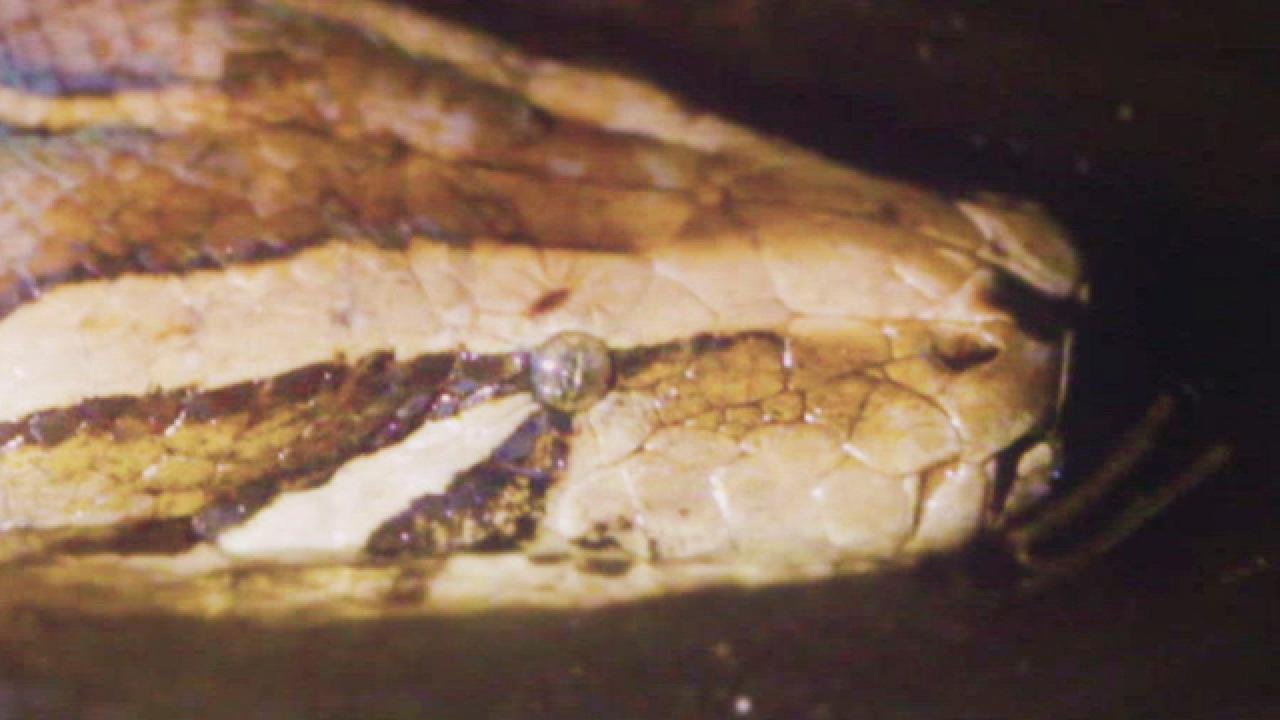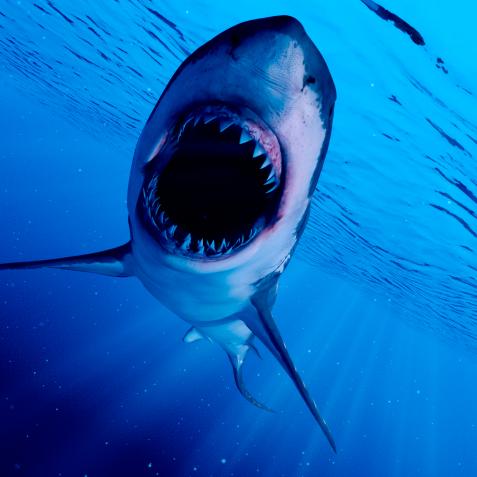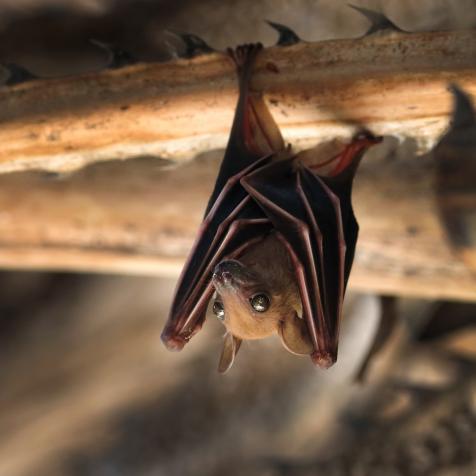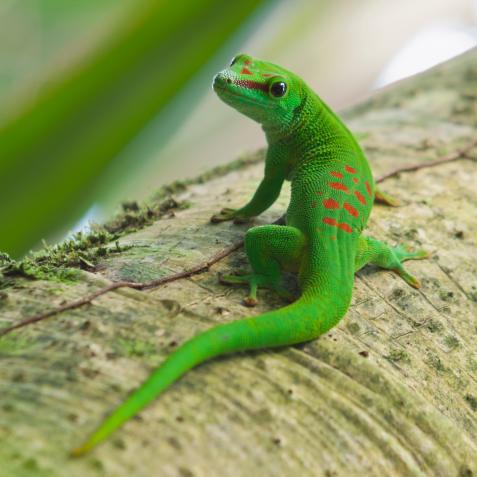
Florida’s Python Problem is Threatening the Rest of North America
Dusty Crum has doubled-down on his mission to save America’s ecosystem from the invasive species.
Florida’s python problem is threatening to sweep north into the rest of America; but snake hunter Dusty Crum and his crew are ready to take on some of the biggest, deadliest snakes in the Everglades. During Florida’s ‘wet season’, the high-water acts as a “highway” for predators - including the Burmese Python – and it’s up to Dusty to catch them before they wipe out an entire generation of mammals. With new tools, new techniques and new areas of exploration Dusty and his team are determined to stop Florida’s most destructive invasive species from taking over America. The brand-new season of GUARDIANS OF THE GLADES premieres Tuesday, January 7th at 10p ET/PT on Discovery Channel.
This season the problem is worsening - with Pythons doubling in size and number - so Florida is doubling the bounty and Dusty and team are doubling down their efforts. Dusty is reinventing his tactics with everything from new technology to ingenious solutions as he charges barefoot into the Everglades to save the swamp he calls home – and catch the biggest python on record. His eclectic team of fellow snake hunters is back, including rookie Brittany, swamp guru Jay, wildlife expert Gary, and survivalist Tom. Each has a purpose and a common goal: to stop the area’s python takeover and save their beloved home and the diminishing wildlife who inhabit it.

In 1992, Hurricane Andrew introduced a foreign and invasive breeding population of giant constrictors known as Burmese Pythons to the Southern Florida wilderness. In the wake of the destructive storm, the state began a python bounty program in a desperate attempt to regain control over the Glades and to protect the fragile and dwindling animal populations.
Despite the danger of tracking down and capturing these deadly creatures, some of which can measure upwards of 18-feet in length, Dusty Crum and his gutsy crew understand the reward is worth the risk. Over the last decade, severe mammal declines have been directly linked to the pythons—including full-grown deer—which end up in the stomachs of these snakes.
Following Crum deep into the sawgrass swamps and mangroves of the Everglades and beyond, GUARDIANS OF THE GLADES spotlights the environmental crisis gripping the Florida wilderness and offers a thrilling up-close look at what happens when the hunters become the hunted – complete with harrowing wrestling matches in the treacherous swamps.
In addition to watching the series on Discovery, viewers can check out new episodes each week by downloading the Discovery GO app, and they can join the conversation on social media by using the hashtag #GuardiansoftheGlades and follow Discovery on Facebook, Instagram, and Twitter for the latest updates.

















